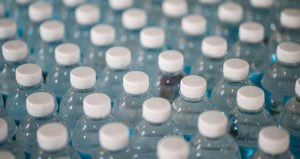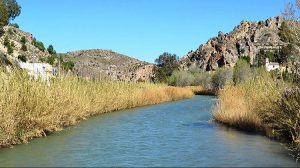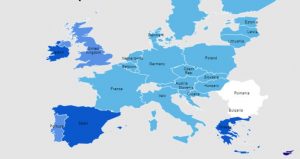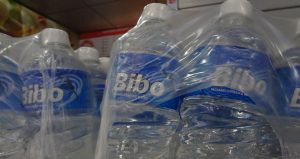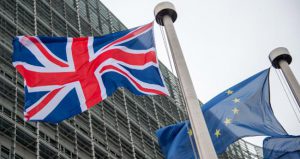Turkish water pipeline causes dispute in Cyprus
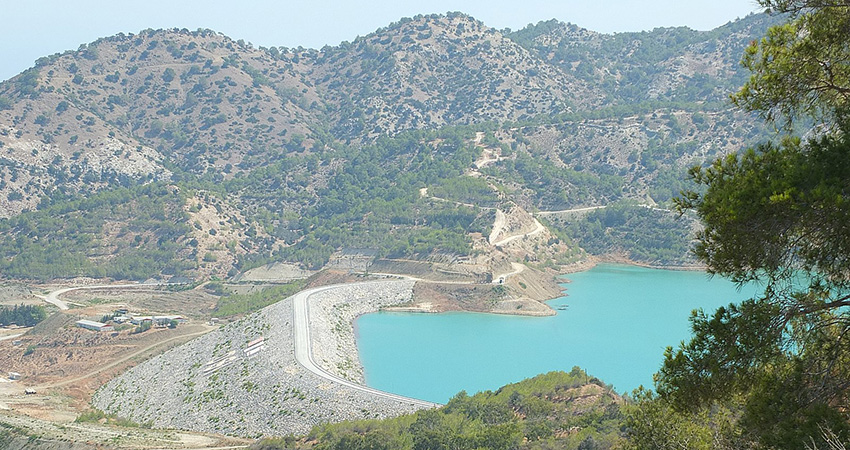
-
 Editorial Team
Editorial Team
Share article:
In October the Turkish president Erdogan inaugurated a pipeline that brings water from the Alakopru dam in Turkey to the North of Cyprus. The project called ‘Peace Water’ provides northern Cyprus, which is under Turkish control, annually with 75 million cubic metres of fresh water. In the South of Cyprus, which is part of the EU, the Peace Water project is considered by protesters as a consolidation of the Turkish occupation.
Pipeline
The construction of the underwater pipeline started in 2011 and was completed in August 2015. The project costed about 500 million dollars. The pipeline with a total length of 80 kilometers recently started delivering water to Nicosia which is under the occupation of the Turkish army. According to Erdogan the whole of Cyprus will benefit from the new fresh water deliveries. Protesters state the new pipeline is not delivering enough water for the whole of Cyprus and therefore is only of interest for the Turkish part of Cyprus. The Greek island is suffering from severe droughts. The southern part of Cyprus gets its fresh water from four desalination plants and a dam network.
Water scarcity
Cyprus lies between Europe, Asia, and Africa. It is the third-largest and most populated Mediterranean island with 1.2 million inhabitants. After the Turkish invasion in 1974 the island is partitioned in two. The southern half remains under the control of the Government of the Republic of Cyprus whereas the northern part is under the Turkish-Cypriot Administration. The island is classified as ‘water poor’. Water scarcity has always caused a serious problem. The agricultural sector is the country’s largest water consumer, accounting for 69% of overall water usage.
Irrigation
In 2014 a MBR wastewater treatment plant for irrigation was inaugurated. The project – with a total budget of approximately 29 million EURO – was jointly funded by the Sewerage Board of Nicosia (70%), and the European Union under the Aid Programme for the Turkish Cypriot community (30%). The project was implemented by the United Nations Development Programme in the framework of the Partnership for the Future (UNDP-PFF) Programme and was the biggest project carried out by UNDP-PFF in Cyprus.

